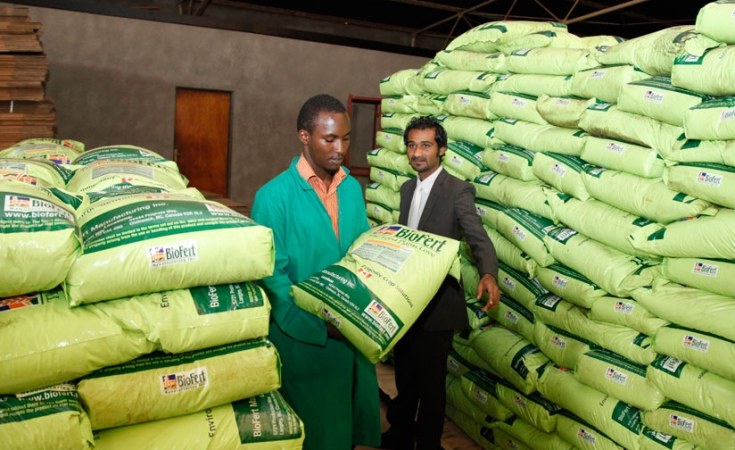La Niña, falling fertilizer prices boost Zimbabwe’s agriculture
Zimbabwe is bracing for a La Niña weather pattern, a welcome change after the recent El Niño-induced droughts that devastated agricultural output.
La Niña typically brings increased rainfall, which is expected to boost crop yields and support the recovery of the country’s agricultural sector. This positive outlook is complemented by falling fertiliser prices, reducing costs for farmers and encouraging higher productivity.
World fertiliser prices have been on a steady decline, largely due to improved supply chains and increased stockpiles of essential raw materials.
Industry data reveals that prices have dropped by around 20 percent over the past year, driven by better access to key inputs such as ammonia and phosphate, and fewer transport bottlenecks.
The Global Fertiliser Price Index reflects this trend, falling from 145.8 in late 2022 to 107.3 in August 2024.
Despite improved payment systems in the 2023/24 season, where most farmers received their dues in foreign currency, payment delays continue to pose challenges, especially for smaller farmers. These delays hinder their ability to fund future production cycles, creating additional strain on the sector.
According to Morgan & Co.’s agriculture sector report, “Payment modalities to farmers improved in the 2023/24 season, with farmers receiving the bulk of their dues in foreign currency.”
However, delays in these payments remain a persistent issue, particularly affecting smaller farmers who are heavily dependent on timely compensation to fund future production cycles.
While this decline benefits farmers, there is growing concern about future payment systems, as the Government plans to de-dollarise transactions.
Morgan & Co. highlights this risk, stating, “The rush to de-dollarise will likely force farmers to accept the ZiG currency in the 2024/25 season, which could lead to resistance in grain deliveries.”
This uncertainty around payment modalities could affect crop deliveries and production levels in the upcoming season.
These developments offer a much-needed opportunity for economic recovery, particularly in rural areas where agriculture is the primary livelihood.
As the country seeks to stabilise its food security, the combination of favourable weather conditions and more affordable inputs could help mitigate the effects of recent economic challenges and spur agricultural growth.-ebsinessweekl











